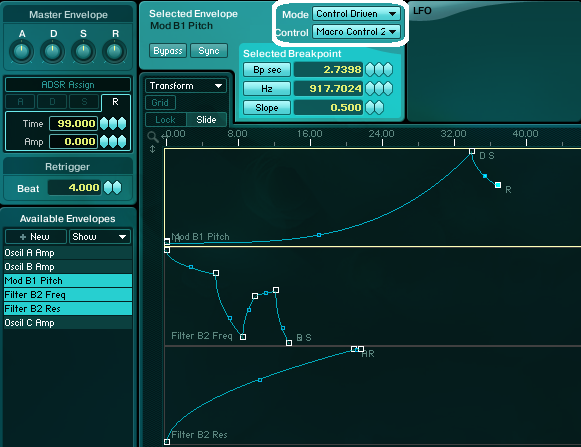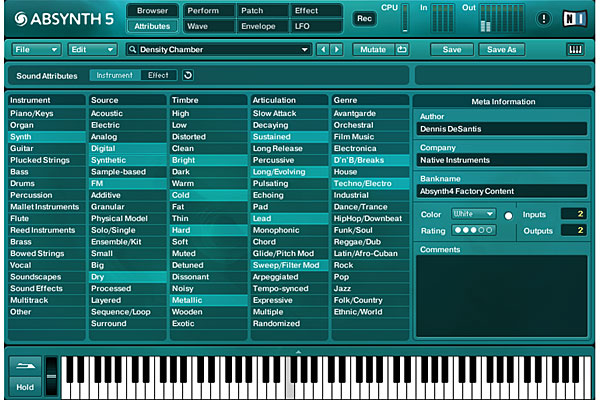

Quite a few of the older ones are also potentially compatible with the technology subject to a firmware update. With DTS:X already starting to become fairly popular, most of the newer home theater receivers are starting to ship with support for the format out-of-the-box. If you want to get an in-depth perspective on some of the major differences between DTS:X and Dolby Atmos, do keep an eye out for our detailed comparison which should be out fairly soon. While Dolby Atmos requires extra overhead channels to be added to a standard 5.1 or 7.1 setup, DTS:X works with standard surround sound setups right out-of-the-box, eliminating the need for additional speakers.

However, one of the main differences between the two technologies lie in the speaker configuration that’s needed to implement them. Much like DTS:X, Dolby Atmos is also a relatively new surround sound technology that promises to deliver dynamic audio by adding a height element to a typical surround sound system to create a multi-dimentional 3D audio experience.

and €149 in the Eurozone.ĭTS:X vs Dolby Atmos: How Do They Compare? However, it has proved to be a bit of a hard-sell over the years, seeing as unlike either DTS:X or Dolby Atmos, the Auro 3D firmware actually comes with a fee that’s typically around the $199 mark in the U.S. As for Auro 3D Audio, it can be added to compatible A/V receivers via a firmware update. However, the real battle is brewing between Dolby Atmos and DTS:X, seeing as most A/V manufactures are preferring to stay away from Audyssey DSX/DSX2 and choosing instead to go with DTS:X and Dolby Atmos, even though, unlike these two formats, Audyssey DSX does not require specific encoding on the source end. vying for the consumers’ mindshare and marketshare. While DTS:X is a compelling 3D surround sound technology, it is competing in a market that is getting increasingly competitive, with technologies like Dolby Atmos, Auro 3D Audio, Audyssey DSX/DSX2, etc. The technology can simulate the 3D environment of the original mixing stage of any audio input in order to produce 12 channels of binaural surround sound, thereby creating an immersive, cinematic audio experience for the listener. However, like photos and videos, digital processing can replicate real-world scenarios only up to a point, but it does give you a relatively-immersive acoustic experience even if your house or apartment has an open-floor plan.Īs is evident from the nomenclature, DTS Headphone:X brings the 3D surround sound experience of DTS:X to a headphone near you. To get the desired effect, DTS:X uses only two channels and a separate sub-woofer.

The company does this by using special digital signal processing instead of reflecting sound off your walls to simulate the surround sound experience. In the simplest of terms, DTS Virtual:X aims to deliver the three-dimensional surround sound of DTS:X without all the extra speakers. DTS:X works with “any speaker configuration with a hemispherical layout”, thanks to the use of the Multi Dimensional Audio (MDA) platform, which is an open and royalty-free standard that allows sound engineers to isolate each individual sound object and, control their placement, movement and volume separately irrespective of the channel assignment or speaker layout. The technology has its roots in the 3D surround sound format developed by Santa Ana, California-based sound engineering company SRS Labs, which was subsequently acquired by DTS in 2012. DTS:X is an object-based audio codec, which aims to create a multi-dimensional sound that “moves around you like it would in real life”.


 0 kommentar(er)
0 kommentar(er)
